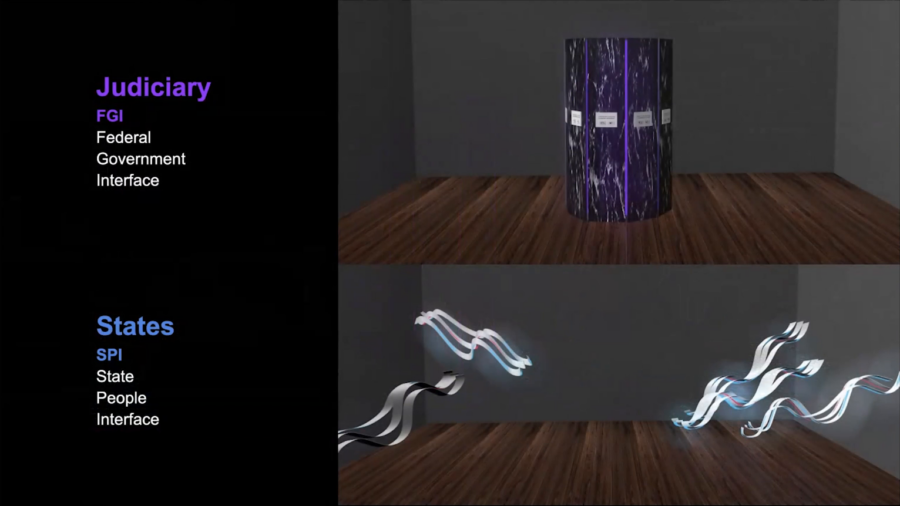When we were developing the concept for v.erses, we were particularly struck by the final clause of the Tenth Amendment, which reads “are reserved to the States respectively, or to the people.” This unambiguously reserved all non-delegated power to its original source, the people.
Archive (Page 1 of 2)
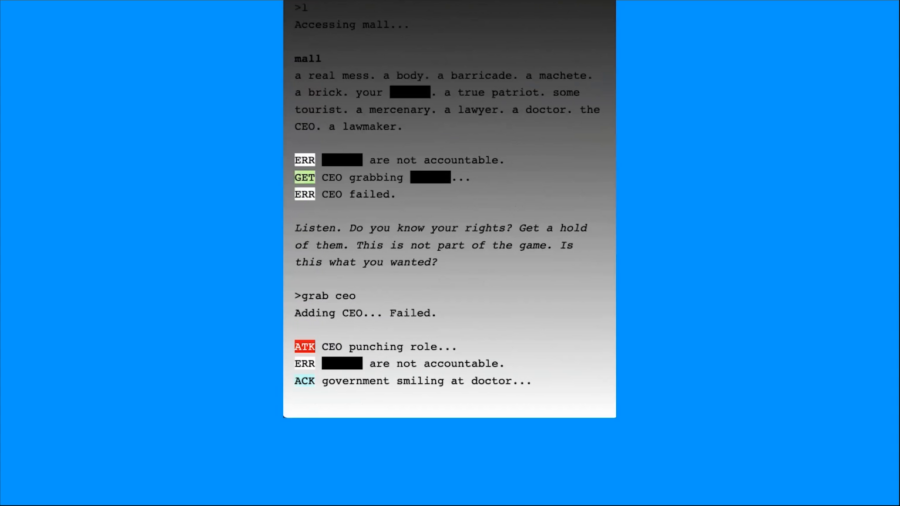
The question for me is, how do you know your rights? Where does your mind go when it gets a hold of those rights? The Ninth is saying there’s a written space here on this piece of paper, and there’s an unwritten space somewhere beyond.
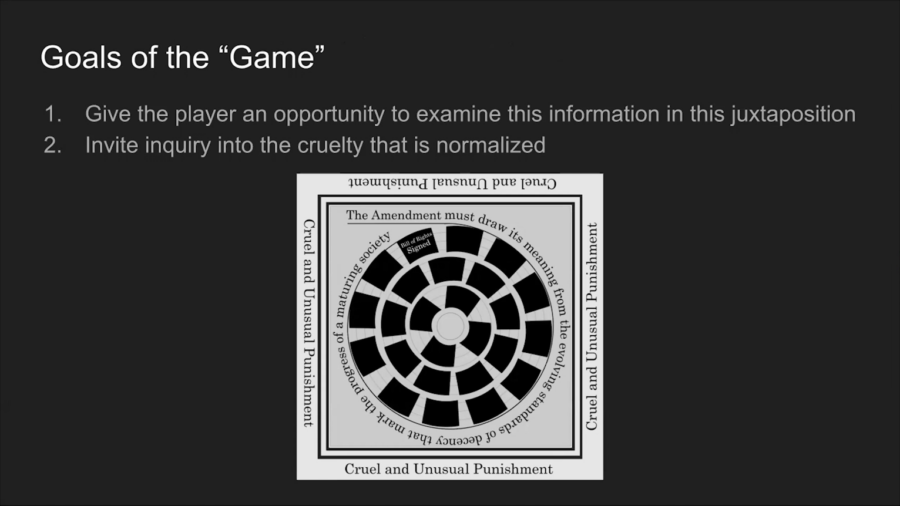
Justice is so often envisioned by the metaphor of scales and balance. I’m making a gimbaled marble labyrinth. The gimbal allows for balance, but it is set by the user.
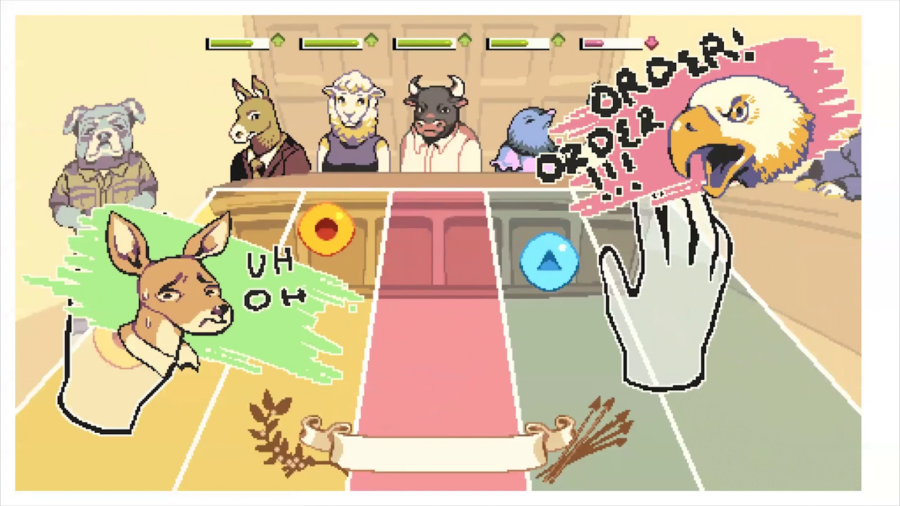
We basically kind of doubled down on this idea that the game had to have the performance of the truth at the core of it. So we eliminated the spoken poetry because in the performance of the truth the words don’t really matter at all.
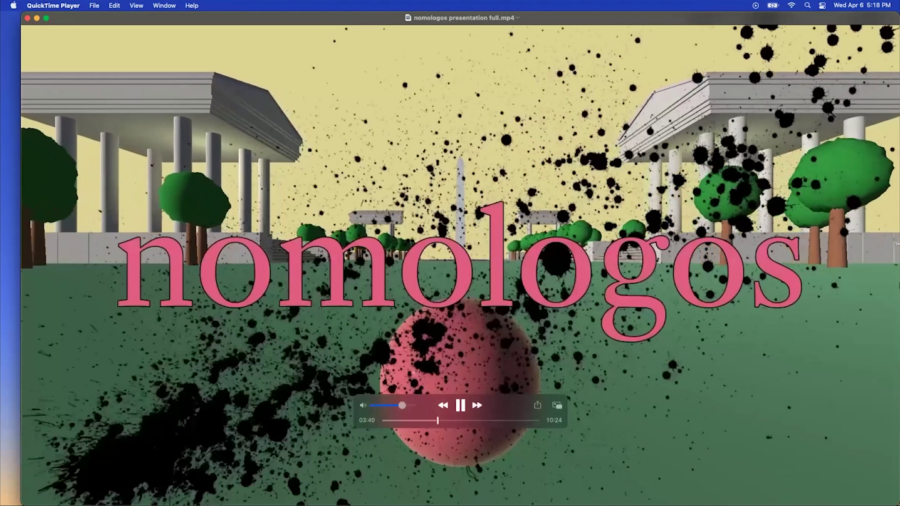
The conceit is that you’re a ball of ink on the national mall and you’re trying to get to the Supreme Courthouse in order to sort of argue your case.
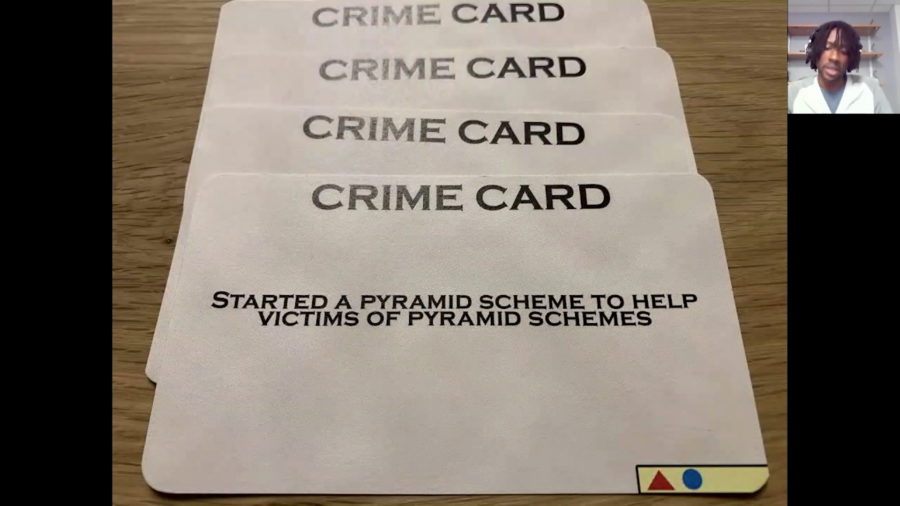
I’m really really interested in seeing what happens when two people who know each other really well start to play. Because the people you know well, you get to know their tells when they tell a lie, or at least maybe you think you do.
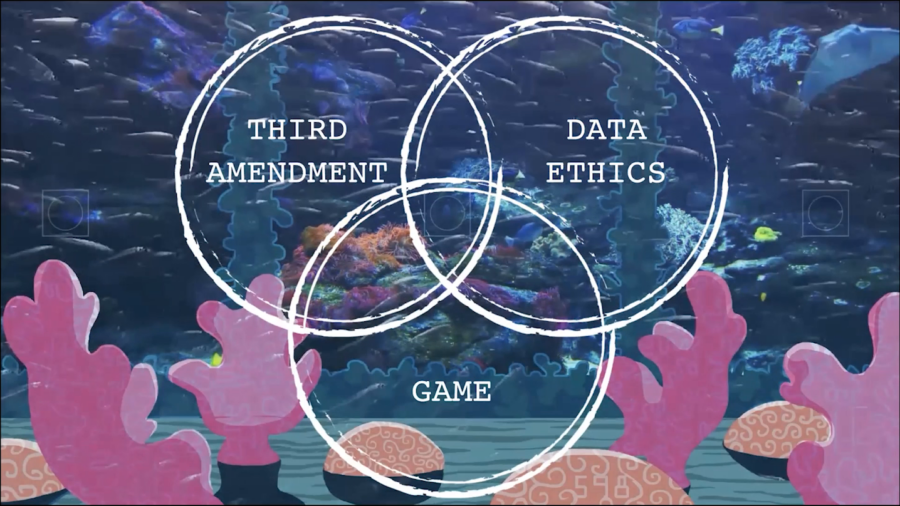
What struck me first about the Third Amendment is that it’s the only part of the Constitution that deals directly with the relationship between the rights of individuals and the military in both peace and war.

I was drawn to the concept of finger guns as a metaphor. I also didn’t want to use actual guns in this project. That was sort of a challenge for myself, to not make this about shooting things or make this about overt violence.
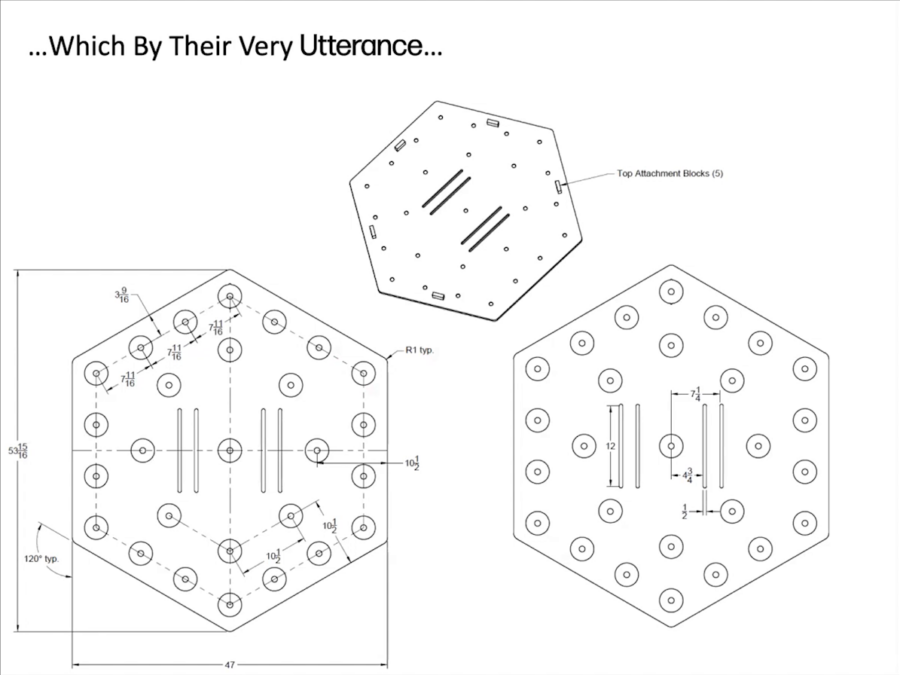
I decided to go to graduate school and got an MFA in art and social practice. And came out with a way to collectively describe my practice, which is “hospitable democracy.” And I call it “a platform for multiple voices across power structures for people and objects.”
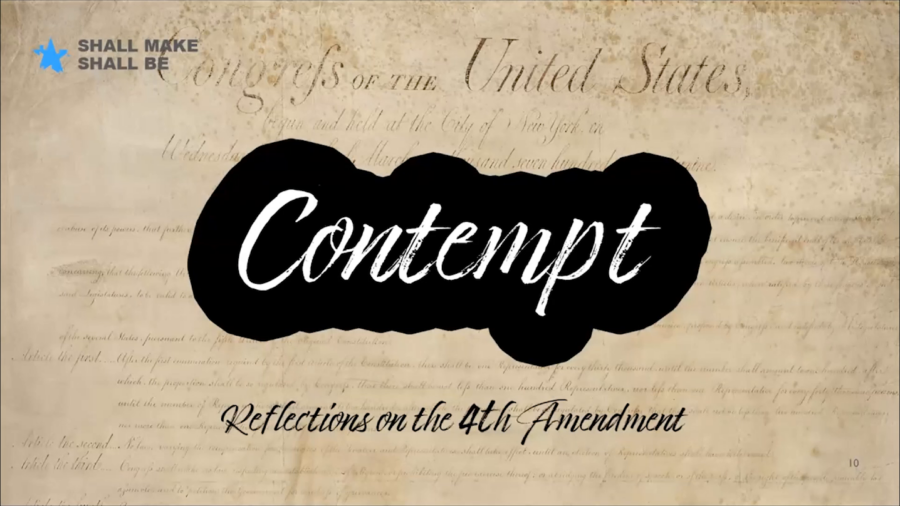
The name “Contempt” came from this idea of all the emotions—especially from the death of Breonna Taylor—a lot of the contempt we felt for how the situation was being treated; contempt of the law, which many people of color are accused of; and just generally we decided that this project would be our own way of coping with the trauma of that time and what does it means to be American, what does it mean to be a person of color.

